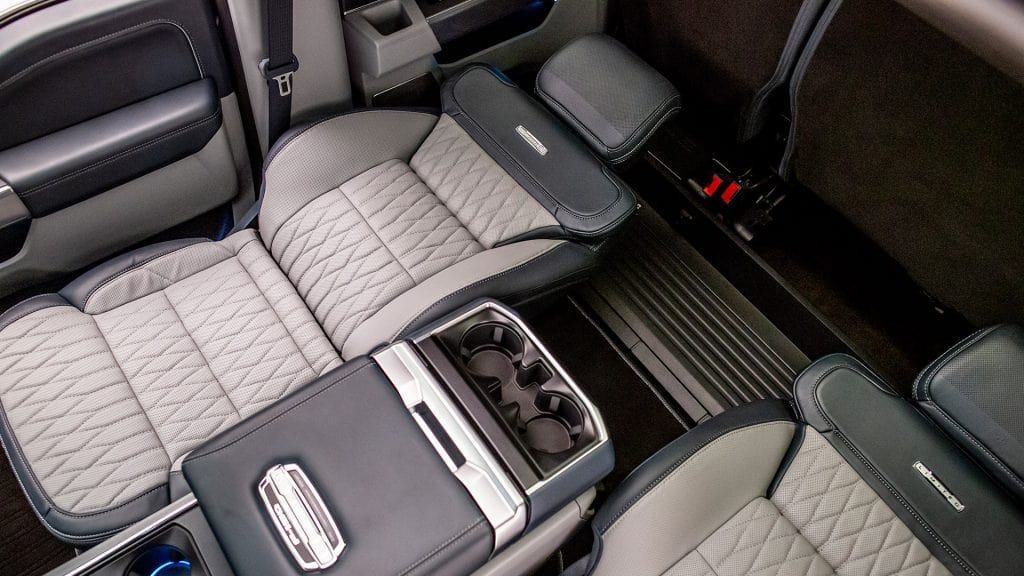Types of Car Sensors Used in Automobile Engine
Today’s modern automobiles have a variety of sensors. You may hear of several of them such as the Throttle position sensor, and TPMS sensor, …. These sensors are built into their engine to ensure that the owner can identify and prevent possible issues before they result in breakdowns can result in expensive repairs. These automobile engine sensors also ensure that the vehicle is operating at its most efficiently. Many owners are not even aware of the amount of sensors built into their automobile’s engine and what value they add. This is the list of main car sensors and their functions compiled by Car From Japan‘s auto expert.
The Mass Air Flow Sensor (MAF)
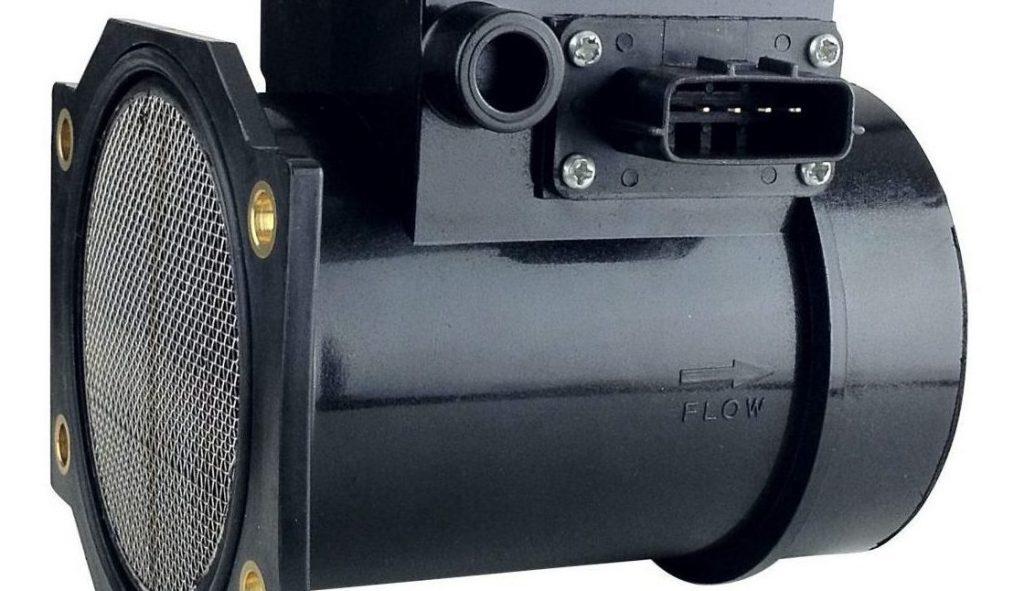
Among different types of sensors used in cars, The Mass Air Flow Sensor (MAF) is a computer-controlled sensor that calculates the volume and density of the air taken in by the engine. This in turn ensures the right amount of fuel is used for optimized operating conditions.
Accordingly, in an internal combustion engine, the standard air volume will help the ECU balance and provide accurate information to the combustion chamber. Therefore, if this part malfunctions, the engine will operate unstable, power will decrease, and consume more fuel than usual. The MAF sensor is responsible for determining the speed and volume of the air ratio going into the fuel injection system of the internal combustion engine. Normally, the location of this sensor is between the filter and the intake manifold.
Typically, the MAF sensor is used in conjunction with the oxygen sensor to exactly control the air-to-engine ratio. In addition, because air density depends on factors such as ambient temperature, altitude, etc., the MAF sensor plays an effective role in determining the amount of air entering the cylinder. If this sensor is faulty, the car may stall and the fuel usage will be higher than necessary.
The Engine Speed Sensor
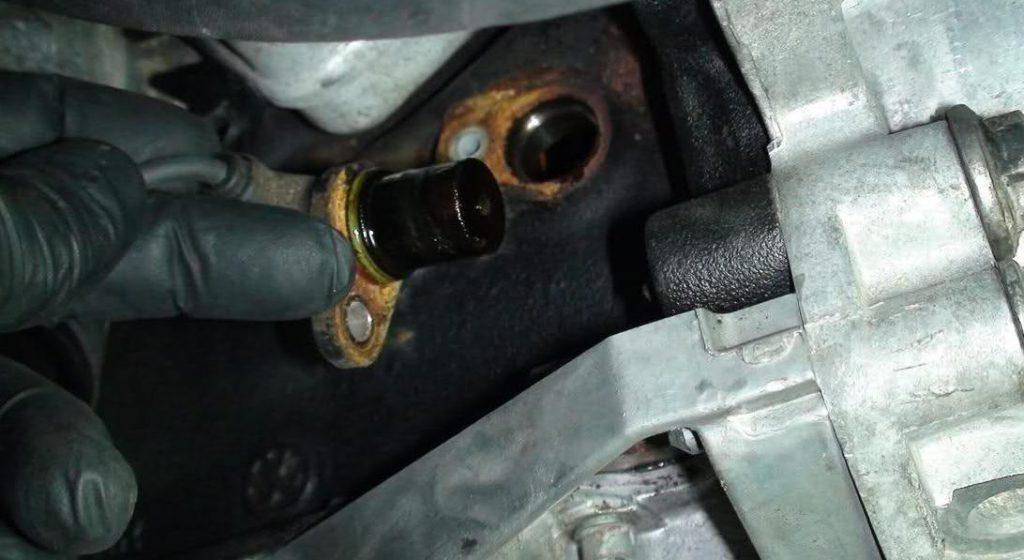
Engine Speed Sensor is attached to the crankshaft and monitors the spinning speed of the crankshaft, which controls the fuel injection and timing of the engine. There are many ways for a car engine to stop suddenly, and this sensor will prevent that for drivers. Therefore, a bad speed sensor will affect the operation of the engine such as making the engine unable to start, uneven idle speed, difficulty accelerating, more fuel consumption than usual, and vibration due to wrong ignition process.
Oxygen Sensor
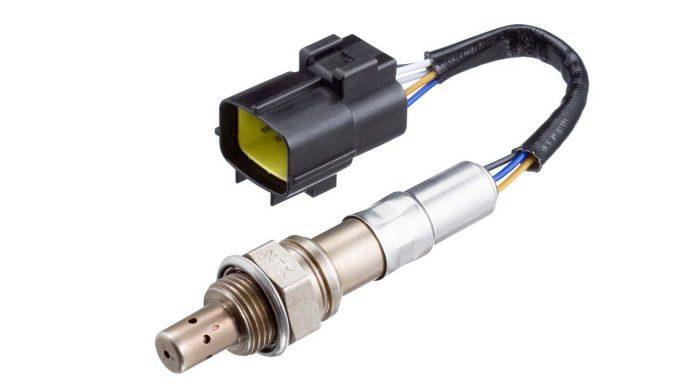
Oxygen sensors and A/F sensors are part of the engine sensing system in cars with the function of controlling the fuel supplied to the engine, thereby improving operating performance and fuel economy. The oxygen sensor in the car is an electronic device that measures the residual oxygen concentration in the emission of the car to help the engine adjust the appropriate level of fuel injection. This helps to ensure operational performance while strictly complying with emission standards. The system lights will come on to warn in the event of a malfunctioning part.
In case the vehicle does not have an oxygen sensor system or a faulty sensor, it will directly affect the engine’s performance. For example, it is difficult to accelerate, fuel-consuming, or exceed emissions.
Manifold Absolute Pressure Sensor
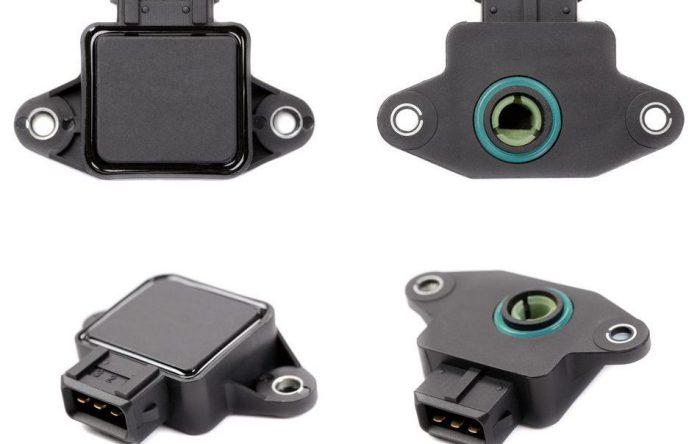
A Manifold Absolute Pressure Sensor, or MAP, senses the engine load. As it is mounted on the intake manifold it can measure the difference between the intake manifold pressure and outside. This is important for the engine to be able to adjust the fuel injection based on the change in pressure.
During operation, this sensor generates a signal sent to the ECU. From there, the ECU will use the received information to adjust the appropriate ignition time and enrich the air and fuel mixture for the engine. Installing a MAP sensor contributes to improving the vehicle’s performance and controlling fuel consumption.
Spark Knock Sensor
The spark knock sensor is one of the important sensors on the engine. Most engines today are equipped with this sensor. This sensor is responsible for sensing and detecting vibrations caused by the detonation. The engine ECU uses the signal from this sensor to re-adjust the ignition timing and prevent detonation. A spark knock sensor ensures that the fuel is burning smoothly and not detonating (exploding erratically). Detonation can cause the head gasket to fail, piston lands to crack, and rings to break, as well as possible rod bearing damage.
When the spark knock sensor fails, the Check Engine light will come on to notify. A defective sensor can cause the vehicle to detonate due to incorrect information transmitted to the ECU, so the ECU does not adjust to handle this phenomenon.
Watch the video to understand more about common car sensors and their function.
Fuel Temperature Sensor
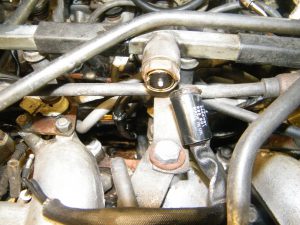
The Fuel Temperature Sensor is another sensor that ensures your car’s fuel consumption is at its most efficient. The colder the fuel is the more dense and the slower it burns while when the fuel is warm it burns faster. There are many car parts that will get damaged when the car runs out of fuel, so this sensor ensures that the right amount of fuel is injected to keep the vehicle running smoothly while being as efficient as possible.
This sensor installed in the car’s fuel tank is responsible for measuring the amount of gasoline in real time, then transmitting the data to the control system. Together with the cruise monitoring device, the system can compare and detect abnormal fuel losses and make timely improvements.
FTS works based on the sensor mechanism and the method of measuring the liquid level, where the liquid is gasoline fuel and oil. This sensor recognizes the liquid level of the metal rod mounted in the tank, and from there will know the current fuel level as well as the fuel consumption level of this vehicle. In a nutshell, this sensor has the function of sensing the temperature of the fuel. It will monitor the density/temperature of the fuel, from which the vehicle system can control emissions and optimize fuel use.
Read more:
Voltage Sensor
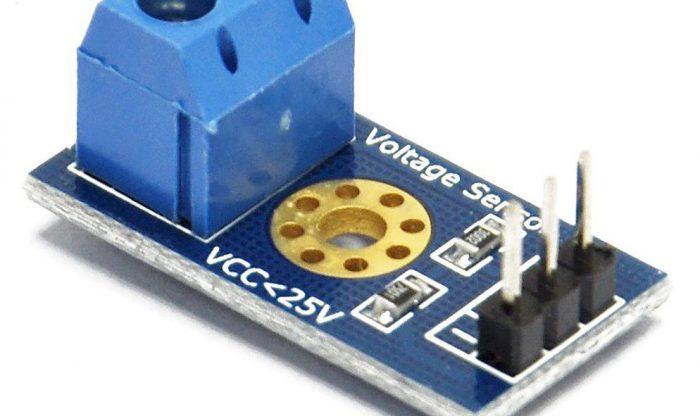
Another important part of the car sensors list is the Voltage Sensor. This sensor manages the idling speed of the car and ensures the speed is increased or decreased as necessary.
With these many sensors, drivers might take a lot of money in order to purchase all of them, and some might not even be necessary for their needs. Experienced car owners will only choose the sensors that are suitable for their vehicles, and with this article, you will now understand what your beloved car needs.
Car Sensors List
As car owners, knowing the function of this equipment is very important. In order for you to understand the definition and the function easier, here is a list of popular car engine sensors used in modern vehicles:
| Sensor | Main Function | |
| 1 | The Mass Air Flow Sensor | Calculates the density and the volume of the air taken in by the engine |
| 2 | The Engine Speed Sensor | Monitors the spinning speed of the crankshaft |
| 3 | Oxygen Sensor | Measures the amount of unburden oxygen presented in the exhaust pipe |
| 4 | Manifold Absolute Pressure Sensor | Measures the manifold pressure inside and outside |
| 5 | Spark Knock Sensor | Ensures that the fuel is burned correctly |
| 6 | Fuel Temperature Sensor | Ensures the right amount of fuel is injected to keep the motion smoothly |
| 7 | Voltage Sensor | Manages the car speed and ensures the speed is controllable |














